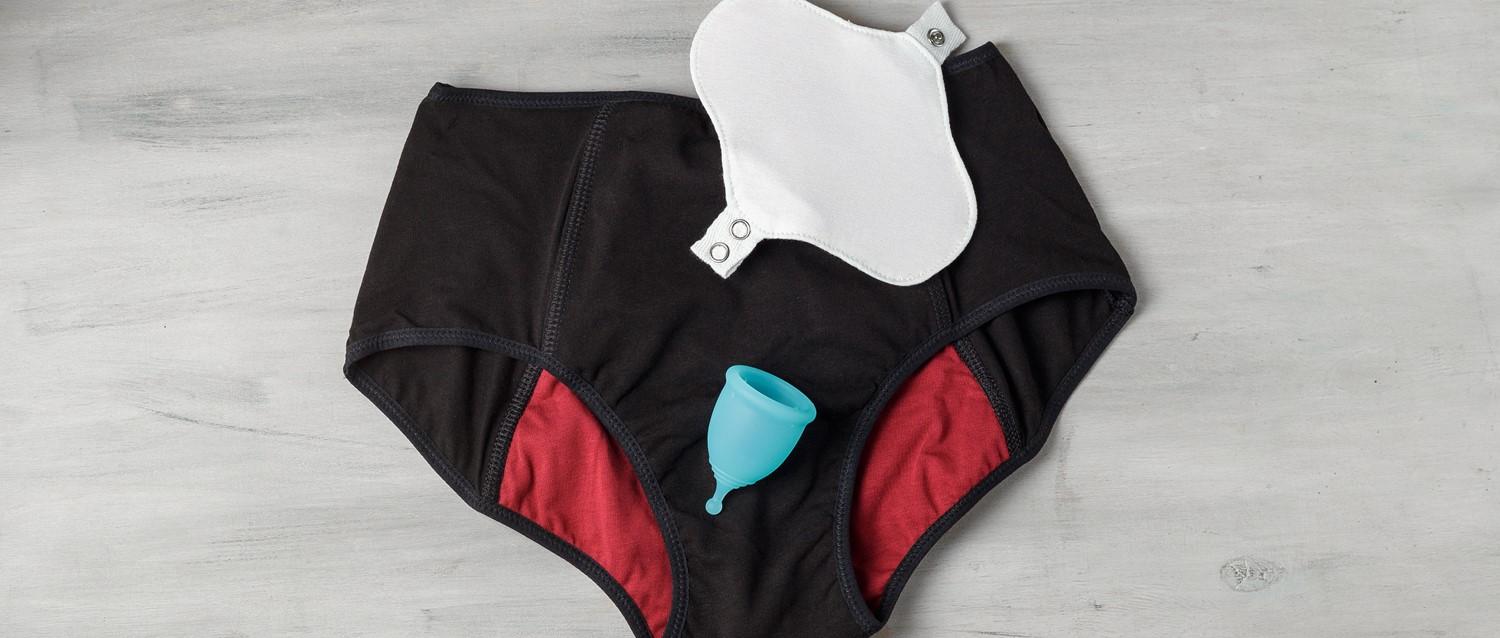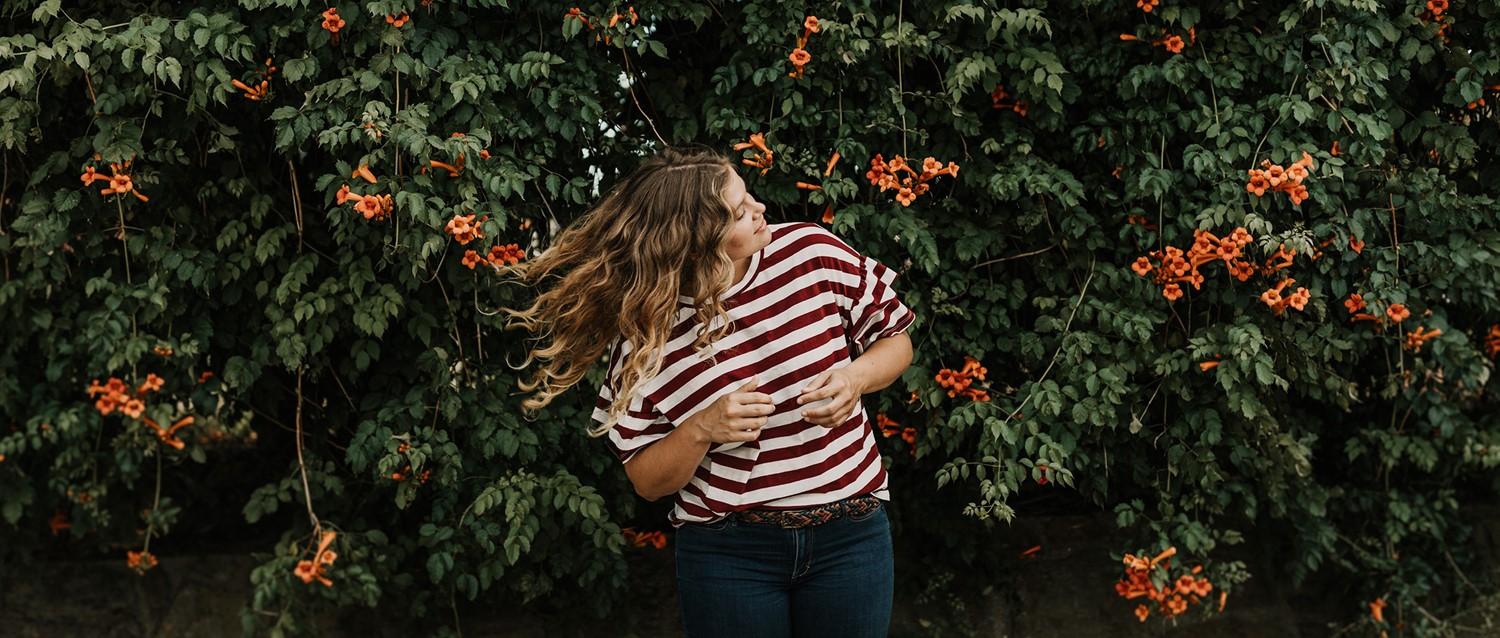
How to have a more eco-friendly period
Peer reviewed by Dr Sarah Jarvis MBE, FRCGPLast updated by Emily Jane BashforthLast updated 16 Jan 2022
Meets Patient’s editorial guidelines
- DownloadDownload
- Share
- Language
- Discussion
Single use menstrual products (such as tampons, applicators and pads), generate up to 200,000 tonnes of waste per year, as most period pads are made from 90% plastic. This is having a detrimental impact on the environment. In this article we explore how you can have a more sustainable period and do your bit for the planet while still practising self-care.
In this article:
Continue reading below
How are periods impacting the environment?
To understand the rationale for considering alternatives to offer more sustainable periods, it's important first to understand how plastic is used in period products and the wider impact of this.
Some statistics about the impact of periods on the environment
Typical menstrual pads contain up to 90% plastic.
A box of pads contains as much plastic as five plastic bags.
2 billion period products are flushed down British toilets each year.
Menstrual products are the fifth most common products found on European beaches.
Single-use tampon applicators can take 500 years to decompose.
Hannah Samano, founder of Unfabled, the UK's first cycle-care company, says there is strong evidence that single-use products (products that are designed to be used once then destroyed) are responsible for a great deal of waste.
"In Britain, people are still flushing these items down the toilet. It's been estimated that 1.5-2 billion tampons, applicators and pads are flushed every year. This waste then enters the sea, causing harm and even killing sea creatures, such as marine turtles and sea mammals, every single day."
Since the middle of the 20th century, many tampons and pads have contained widely varying amounts of plastic in their basic design. It is sometimes argued that the incorporation of plastic 'improves' the design of the product, but it could be unnecessary.
However, to reduce the amount of plastic in period products, there are many factors to take into consideration. Minimising plastic in period products involves delving deeper into the reasons why it was used in the first place and exploring factors such as culture, shame and science.
The history of plastic in period products
Before the advent of tampons, menstruation was dealt with by whatever people could get their hands on and repurpose. They used pad or tampon-like objects such as leftover scraps of fabric, soft strips of bark, or whatever else was available and absorbent.
The first tampon with an applicator was invented in 1933 by Colorado-based general practitioner Earle Cleveland Haas. The initial design involved a cardboard applicator for each tampon, a design feature that can still be found in period products today.
Dome-tipped plastic applicators were introduced in 1973, by which point tampons were already used by more than 70% of women in the US alone.
As for pads, they began to incorporate a base of thin, flexible, leak-proof polypropylene or polyethylene in the 1960s. By the 1970s, designers had made plastic 'wings' to wrap around underwear and hold pads in place.
Plastic has greatly improved people's experiences with periods, making them more manageable, less uncomfortable and safer. But reusable products are growing in popularity. So, what are the alternatives to plastic period products, and how can they benefit the environment?
Continue reading below
What sustainable period products are there?
Samano advises that the best way to have a more eco-friendly period is to get rid of disposable period products, but it's really important you find the right reusable product for you and your body.
"Many of us have heard stories of people who discovered menstrual cups then never looked back. But the fact is that period cups aren't for everyone. Perhaps some people have trauma or simply don't want to use internal products, which is fine. I'm personally a big fan of period pants, but reusable pads might be more your thing. It's all about knowing what works for your lifestyle so that you can make a switch that sticks," she says.
Menstrual cups
A menstrual cup is inserted into the vagina during menstruation to collect fluid. The cups are usually made of flexible medical-grade silicone, latex or a thermoplastic isomer. They are bell-shaped and have a stem or a string attached for removal. Menstrual cups can be worn for up to 12 hours depending on your flow, then washed and reused. A menstrual cup can last for up to 10 years if cared for properly.
Period pants
Meanwhile, period pants are underwear designed with various layers of absorbent materials that can hold up to two tampons' worth of menstrual blood. This design acts as a moisture barrier and can help to prevent leakage. They are praised for being leak-proof, comfortable, economically smart as well as environmentally friendly.
Some prefer to use them throughout their period, while others would rather rely on pants only when their flow is lighter. They are designed to look and feel like regular underwear but have extra layers in the crotch area. They should be washed by hand in cold water and can be used for 2-5 years if cleaned properly.
Reusable pads
As for reusable pads, they are shaped just like regular plastic pads. The wings wrap around your underwear and they have buttons that pop together to form a secure seal. Once your pad is in place, you can wear it for the length of time you would a normal disposable pad. You will know best when to change yours depending on your flow.
While they are absorbent, reusable pads should still be changed regularly. It's a good idea to carry a wet bag with you while out and about to hold the pads you remove throughout the day. They should then be thoroughly sanitised in cold water and soaked for 30 minutes.
Are single-use period products bad for the environment?
"On the flip side, not all disposable period products are bad," explains Samano.
"An alternative and easy way to have a more sustainable period is by switching out mainstream disposable period products for natural, biodegradable ones. You can buy pads that are made with 100% organic bamboo and come individually wrapped in biodegradable plant-based wrappers. You can also look for tampons with applicators made from sugarcane, with each of their tampons wrapped in water-soluble wrappers."
Continue reading below
Are sustainable period products right for you?
It's important to point out that periods are a unique, personal experience for everyone. There are also many factors contributing to why people use single-use products. This could be personal preference and comfort, or a wider issue like period poverty. Therefore, not only are sustainable alternatives not suitable for everyone: in addition, they aren't always accessible.
The bottom line
Environmentally-friendly period products tend to be more costly in terms of upfront purchase price, and therefore might not be accessible to everyone.
"Menstrual cups cost between £17-£25 on average and can last up to a decade. So, in the long run, they are more sustainable and economical since menstruators spend up to £5,000 on their periods throughout their lifetime," says Samano.
She highlights that sustainable period products involve a higher initial cost due to their durability. Items like the menstrual cup and period knickers will last a lot longer than a store-bought tampon or pad.
"They are more expensive upfront but are more economical in the long term since you are then not buying disposable products every month. Sustainable period products can produce less waste and make for a cleaner planet."
Education and awareness
Samano suggests that to ensure more people can have sustainable periods, there needs to be better access to the products that serve the environment better. She says these items should be available in supermarkets and branded stores as a starting point if we want to achieve global sustainability at some point.
With the long-term cost of menstrual cups - for example, being, on average, 5% of the cost of pads and 7% of the cost of tampons - for people in poverty, savings of that magnitude could be life-changing. However, while they are more cost-effective, those struggling financially do not always have that sum of money in one go, and simply have to survive period-to-period.
Bloody Good Period (a charity working to combat period poverty) stresses the importance of education alongside period products. Users also need the knowledge and means to clean their cups and wash their underwear and pads. For example, those who are homeless do not necessarily always have access to water to sanitise them, which could result in infections.
CEO of the charity, Gabby Edlin, says solving period poverty is not going to be solved with 'a silver tampon'.
"It requires a multi-pronged, holistic approach that also improves access to education and understanding of our bodies as well as products themselves."
If menstrual cups were offered as a money-saving period product, she emphasises that people also need to understand where the cup sits, how to insert one and what feels right and comfortable.
"It isn't just about throwing cups at people and leaving them to get on with it."
Alternative ways to make your period more sustainable
"To create more sustainable habits around your cycle, learning about your body and what works for you is imperative to achieving optimum health," says Samano.
She says creating a sustainable structure around your menstrual health is a very productive way of making this time of the month more comfortable and manageable.
Some sustainable forms of self-care include:
Meal prepping in the lead-up to your period to save on food waste.
Eating plant-based snacks when satisfying cravings.
Finding sustainable blends of herbs for tea to assist with cramps and bloating.
Trying low-impact yoga or light exercises to distribute any pain.
Sourcing natural rubber hot water bottles to ease cramps.
Patient picks for Periods and period problems

Women's health
Is your PMS depression really PMDD?
Premenstrual syndrome is something many women are familiar with. From painful cramps and mood swings, lots of people experience PMS - but for some, the symptoms are debilitating. Around one in 20 women have symptoms severe enough to stop them living their normal lives, which can be the result of premenstrual dysphoric disorder - or PMDD - which can have a serious impact on mental well-being.
by Lydia Smith

Women's health
How to delay your period - is it safe to take norethisterone?
Periods are a normal and healthy part of life, but there are times when we've all wished they wouldn't arrive. There are a number of ways to delay your period for a holiday or special event, including taking a medication called norethisterone. But is it safe?
by Lydia Smith
Continue reading below
Article history
The information on this page is peer reviewed by qualified clinicians.
16 Jan 2022 | Latest version

Ask, share, connect.
Browse discussions, ask questions, and share experiences across hundreds of health topics.

Feeling unwell?
Assess your symptoms online for free
Sign up to the Patient newsletter
Your weekly dose of clear, trustworthy health advice - written to help you feel informed, confident and in control.
By subscribing you accept our Privacy Policy. You can unsubscribe at any time. We never sell your data.